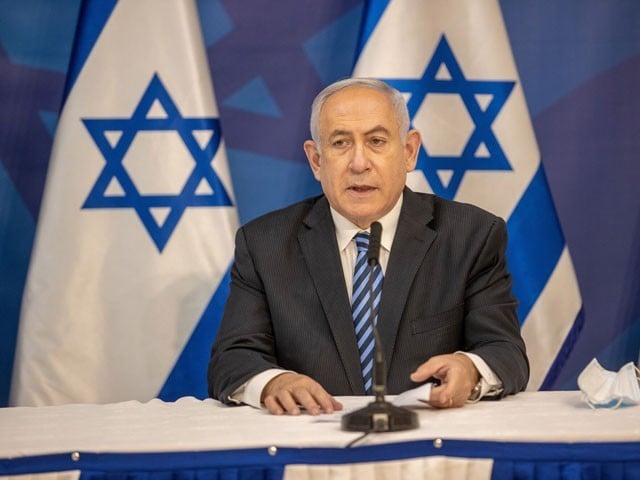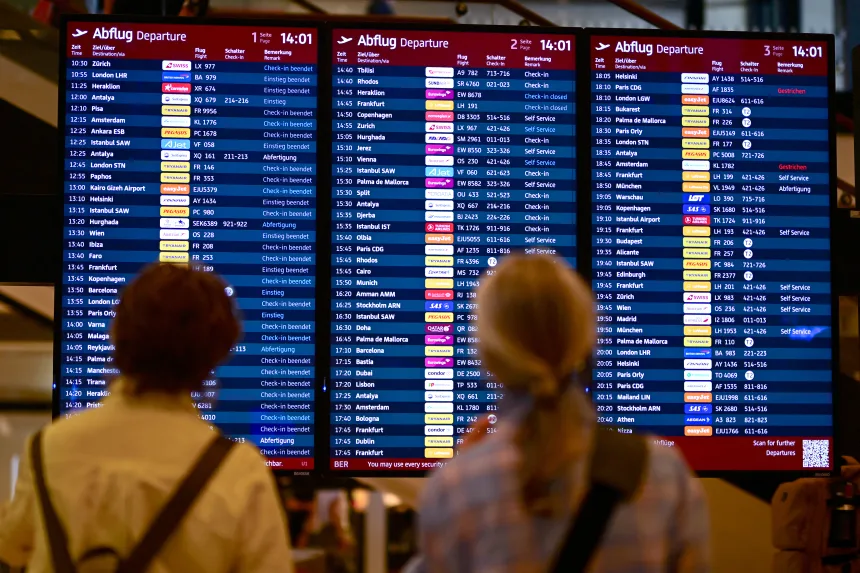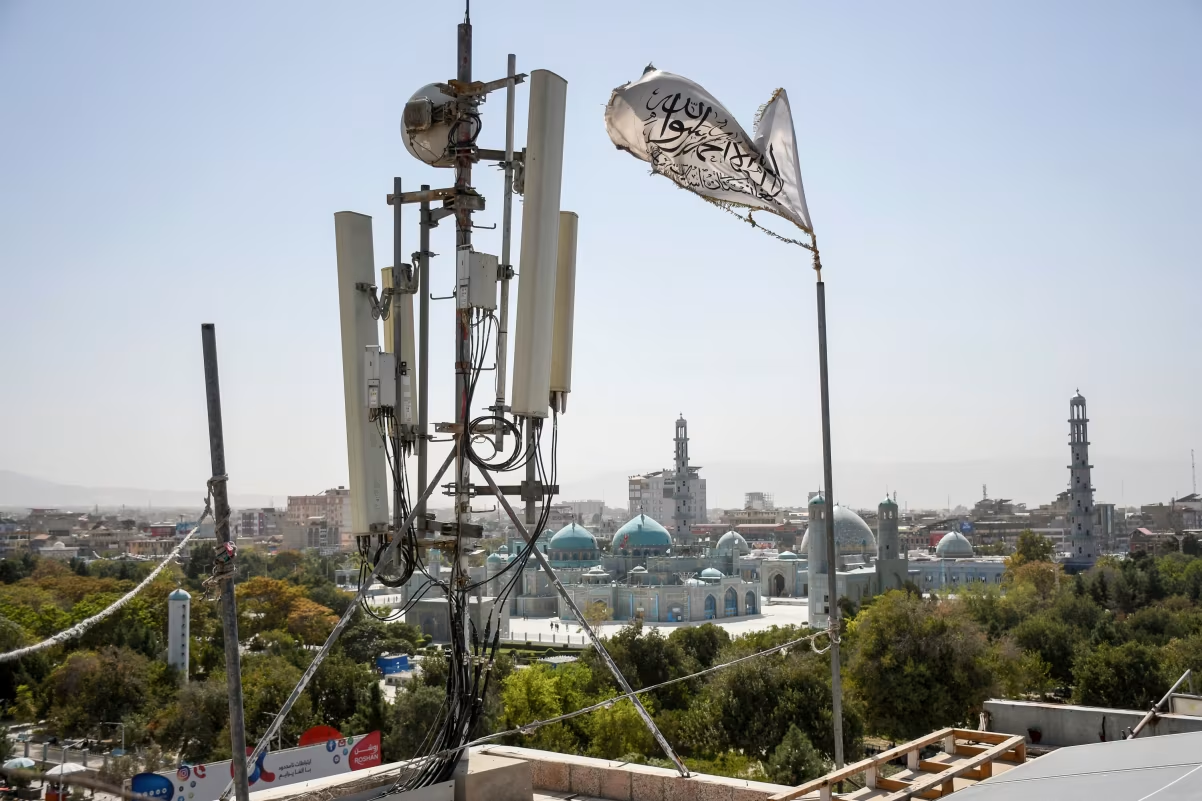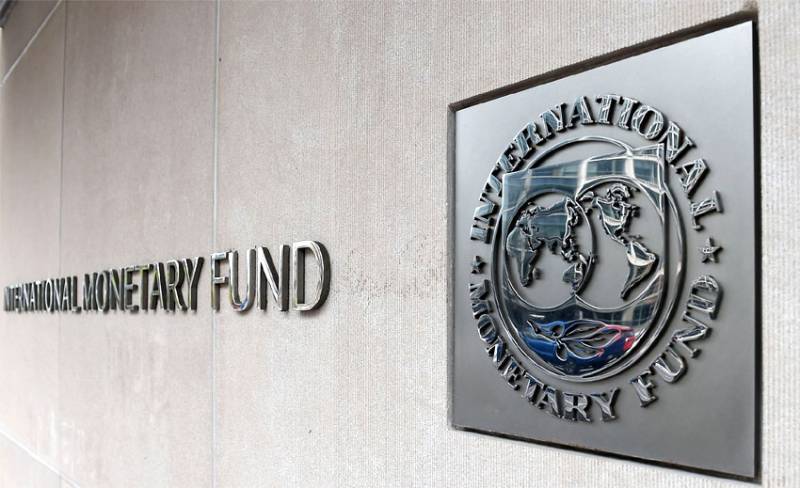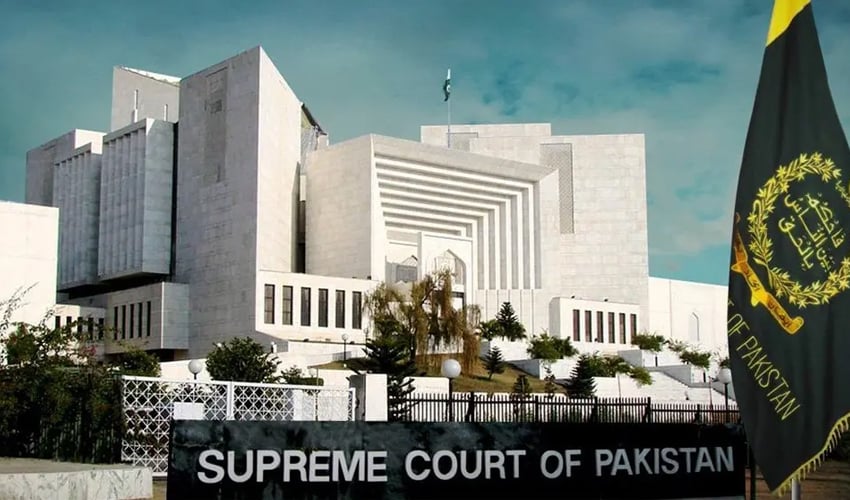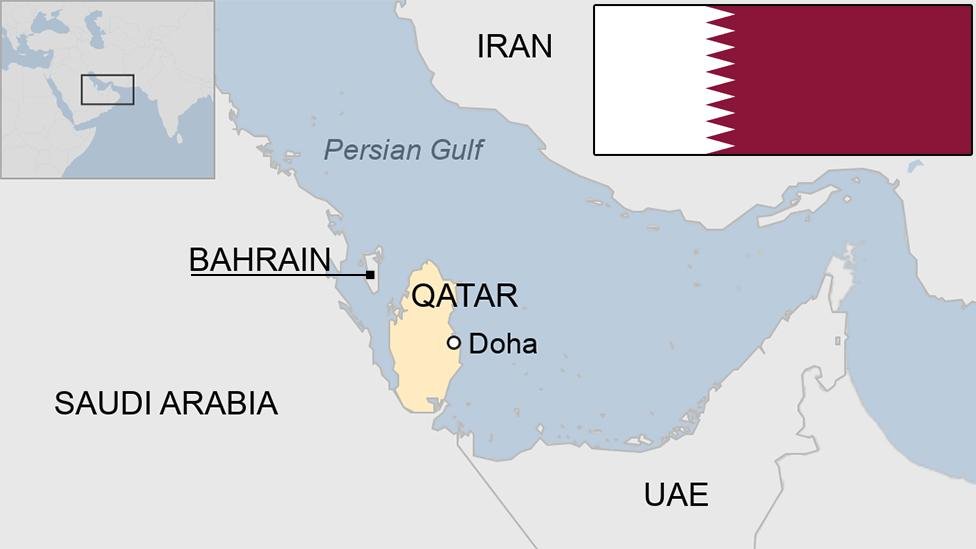In a dramatic escalation, Israel launched airstrikes on multiple targets in Yemen early Monday, marking its first attack on the country in nearly a month. According to the Israeli military, the strikes targeted three key ports—Hodeidah, Ras Isa, and Salif—as well as the Ras Qantib power plant, all located along Yemen’s Red Sea coast.
The Israeli military said the strikes were in direct response to repeated missile and drone attacks launched by the Iran-aligned Houthi movement against Israel. Just hours after the air raids, Israel reported that two more missiles were fired from Yemen, prompting interception attempts, though the results of those efforts are still being evaluated.
Despite the missile launches, Israel’s national ambulance service confirmed that no casualties or damage from impacts had been reported. Since the beginning of the Gaza conflict in October 2023, the Houthis have consistently targeted Israeli territory and international shipping routes in the Red Sea—actions they claim are in solidarity with the Palestinian people.
The Israeli military also announced a strike on the Galaxy Leader, a commercial ship seized by the Houthis last year and docked at Ras Isa port. Israeli forces claim the Houthis had installed a radar system on the vessel to monitor maritime traffic and facilitate further militant operations.
In response to the Israeli strikes, the Houthi military spokesperson said that Yemeni air defenses engaged the incoming attacks with a large number of domestically made surface-to-air missiles.
Local residents told Reuters that the airstrikes plunged Hodeidah into darkness after knocking out the city’s main power station. However, no civilian casualties were immediately reported.
Houthi-controlled Al-Masirah TV reported that Israel issued evacuation warnings for the port areas before launching its series of air raids. These attacks came just hours after another vessel was targeted near Hodeidah, forcing the crew to abandon ship due to severe damage. While no group claimed responsibility for that incident, maritime security experts believe it bore the hallmarks of a typical Houthi operation.
This latest escalation adds to the growing regional volatility as Israel continues to confront Iran-backed militant groups across the Middle East. While it has already inflicted heavy damage on Hamas in Gaza and Hezbollah in Lebanon, the Houthis in Yemen and armed factions in Iraq remain active and resilient.
Under the leadership of Abdul Malik al-Houthi, the Houthis have evolved from a small insurgent group into a formidable military force boasting tens of thousands of fighters, armed drones, and ballistic missiles. Western governments and Saudi Arabia allege that much of this weaponry comes from Iran—an accusation Tehran denies.
As tensions rise in the Red Sea and beyond, Israel’s latest strikes mark another chapter in a widening shadow war between regional powers.



